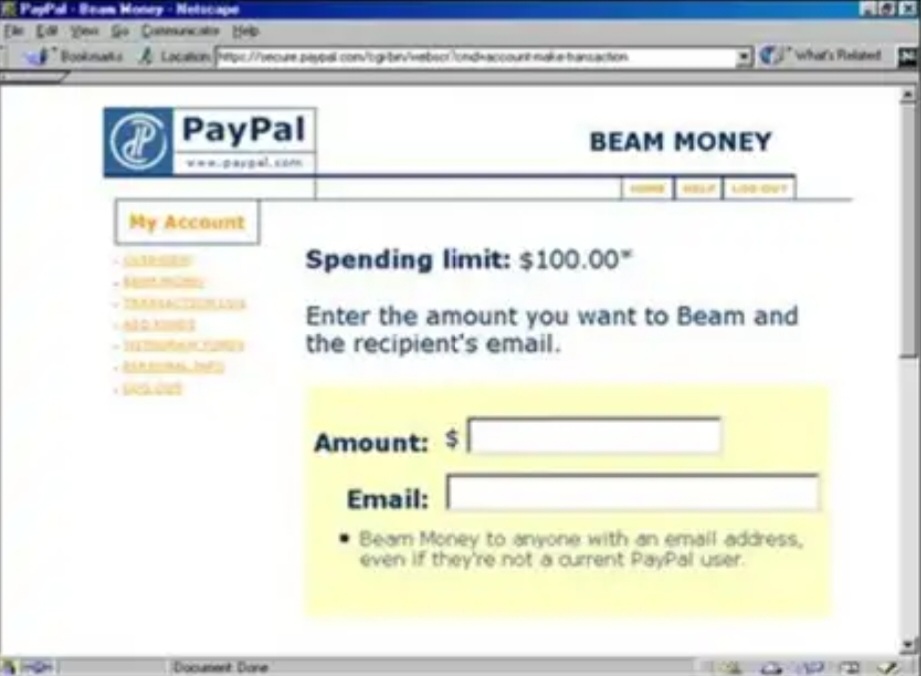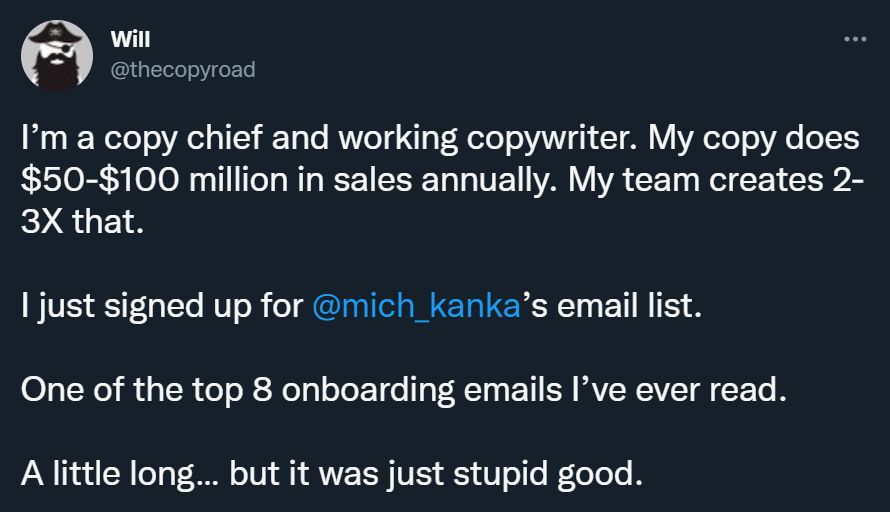How PayPal got its first users?

PayPal was designed as a service for transferring money over email. In 1999, Max Levchin, together with Peter Thiel and Luke Nosek founded Confinity, which was a mobile payment security system, the foundation for PayPal.
Confinity targeted small companies. It provided smoother transactions via online banking. The guys started by hiring their buddies. They made PayPal their main product.
If you had someone's email address, PayPal's first working version allowed you to send them money. Their email was everything you needed – they didn't even need to have a PayPal account. PayPal later evolved into a full-fledged digital wallet.
When PayPal hit eBay, the team created bots as one of the key PayPal user acquisition strategies. They focused on the top 20,000 merchants on eBay, called the Power Sellers. The bots were purchasing items and insisting on paying with PayPal. It helped PayPal user acquisition by creating a demand. eBay vendors became interested in the service as it seemed to be already popular. After only three months, this marketing gimmick resulted in a 33% market share!
Once Confinity merged with Elon Musk's X.com, Musk's project was renamed PayPal, and Confinity has gone.
Get your
"oh sh*t, this might work for us!"
moment in the next 5 minutes
Viral marketing case studies and marketing psychology principles that made hundreds of millions in months or weeks
In the first email:
- a step-by-step strategy that made $0-$30M within 9 weeks with $0 marketing budget (case study)
- cheatsheet (PDF) of 10 biases in marketing used by top 2% companies
Other than that:
- weekly original content that helps you STAND OUT by providing more perceived value with less work

(You won't find it anywhere else)

Explore Cognitive Biases in Marketing